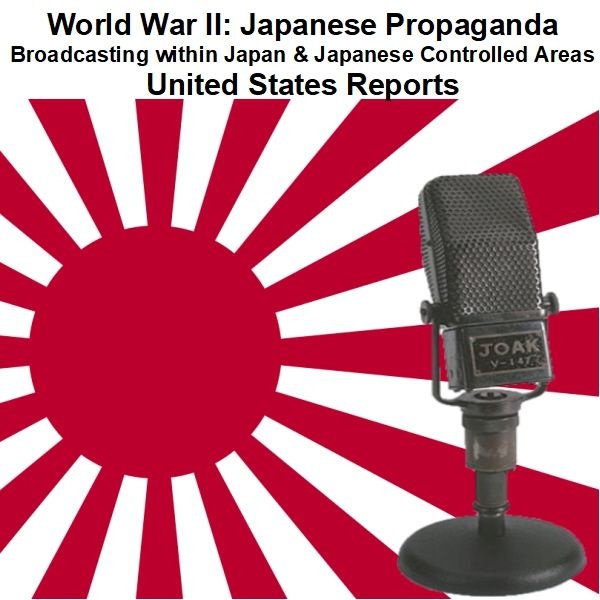
World War II: Japanese Propaganda Broadcasting within Japan and Japanese Controlled Areas Reports
$19.50
Description
Japanese Propaganda Analysis: A Historical Timeline
- May 1, 1944: The United States Office of War Information, specifically its Propaganda Analysis Section, begins publishing reports on Japanese propaganda broadcasting. These initial reports are titled “Far Eastern Propaganda Analysis.”
- May 1, 1944 – February 15, 1945: “Far Eastern Propaganda Analysis” is the ongoing series of reports covering Japanese propaganda broadcasting within Japan and to Japanese Controlled Areas. These reports analyze the pattern and emphasis of Japanese propaganda, as well as omissions of news and intelligence from enemy broadcasts.
- February 15, 1945: “Far Eastern Propaganda Analysis” is discontinued.
- February 16, 1945 (or shortly thereafter): A new daily series of reports, titled “Japanese Propaganda,” replaces “Far Eastern Propaganda Analysis.” This new series provides analysis of Japanese propaganda emphases and apparent motivations, along with brief digests of Tokyo Domei English “news” transmissions to occupied Asia and Tokyo Japanese voice broadcasts to domestic and Asiatic Japanese audiences.
- September 17, 1945: The reporting and analysis by the Propaganda Analysis Section of the United States Office of War Information, covering Japanese propaganda broadcasting, concludes.
Cast of Characters
- United States Office of War Information (OWI): This is the principal entity responsible for the creation and publication of the reports. While not a single person, it represents the organizational body that conducted the analysis of Japanese propaganda.
- Propaganda Analysis Section (of the U.S. Office of War Information): This is the specific department within the OWI that produced the detailed reporting and analysis on Japanese propaganda broadcasting.
- Japanese Broadcasters (Tokyo Domei): While not named individuals, these are the primary subjects of the analysis. Tokyo Domei is specifically mentioned as the source of English “news” transmissions to occupied Asia and Japanese voice broadcasts to domestic and Asiatic Japanese audiences, whose content, emphases, and apparent motivations were being studied by the U.S.
- Japanese Audiences (Domestic and Asiatic): These are the target recipients of the Japanese propaganda broadcasts being analyzed. Their reactions and the effectiveness of the propaganda are implicitly part of the study, though they are not active “characters” in the sense of initiating actions described.
World War II: Japanese Propaganda Broadcasting within Japan and Japanese Controlled Areas United States Military Reports
2,567 pages of reporting and analysis, published by the Propaganda Analysis Section of the United States Office of War Information, covering Japanese propaganda broadcasting within Japan and to Japanese Controlled Area. The reports date from May 1, 1944 to September 17, 1945.
The report was titled Far Eastern Propaganda Analysis dating from May 1, 1944 to February 15, 1945. Far Eastern Propaganda Analysis was discontinued after the February 15, 1945 report. A daily series of reports called Japanese Propaganda replaced it. The new report was an analysis of Japanese propaganda emphases and apparent motivations, plus brief digests of Tokyo Domei English “news” transmissions to occupied Asia and of Tokyo Japanese voice broadcasts to domestic and Asiatic Japanese audiences.
Sections cover pattern and emphasis of Japanese propaganda to occupied Asia, omissions of news about key events and intelligence from enemy broadcasts.
Related products
-
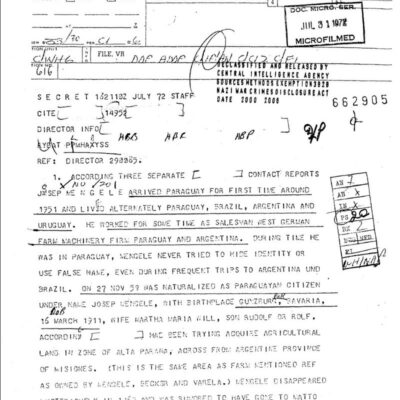
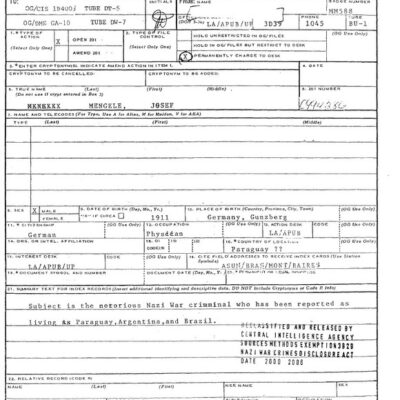
Josef Mengele CIA Files
$19.50 Add to Cart -
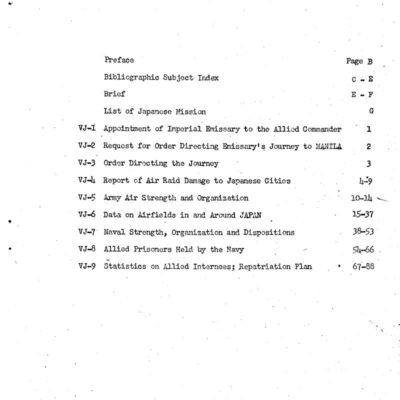
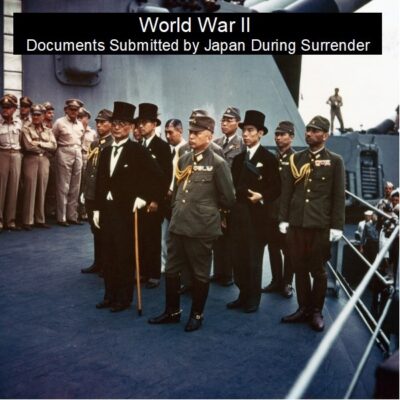
Japan’s Surrender Documents from World War II
$1.99 Add to Cart -
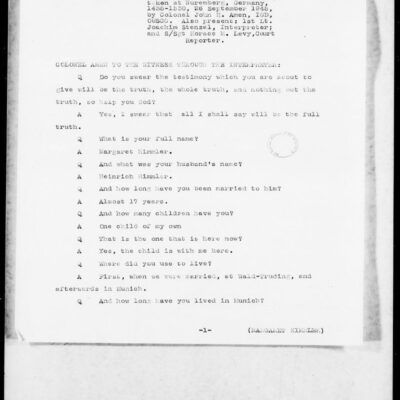
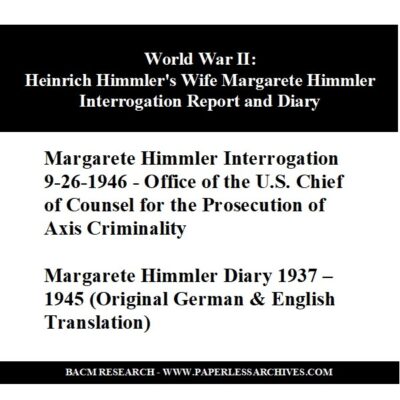
World War II: Interrogation Report and Diary of Margarete Himmler, Wife of Heinrich Himmler
$3.94 Add to Cart -
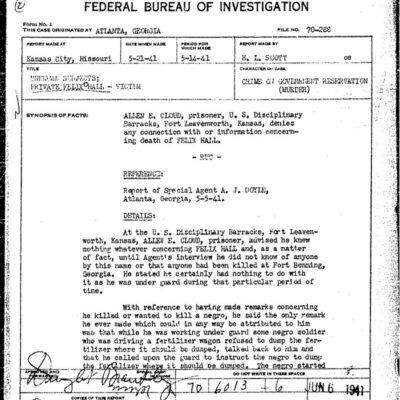
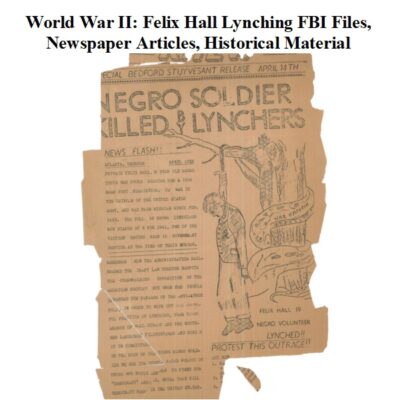
World War II: Felix Hall Lynching – FBI Files, Articles, Historical Records
$9.99 Add to Cart